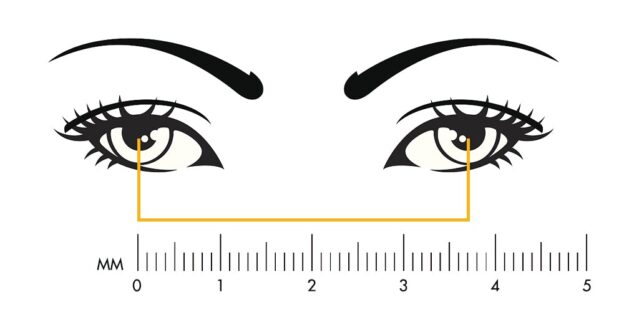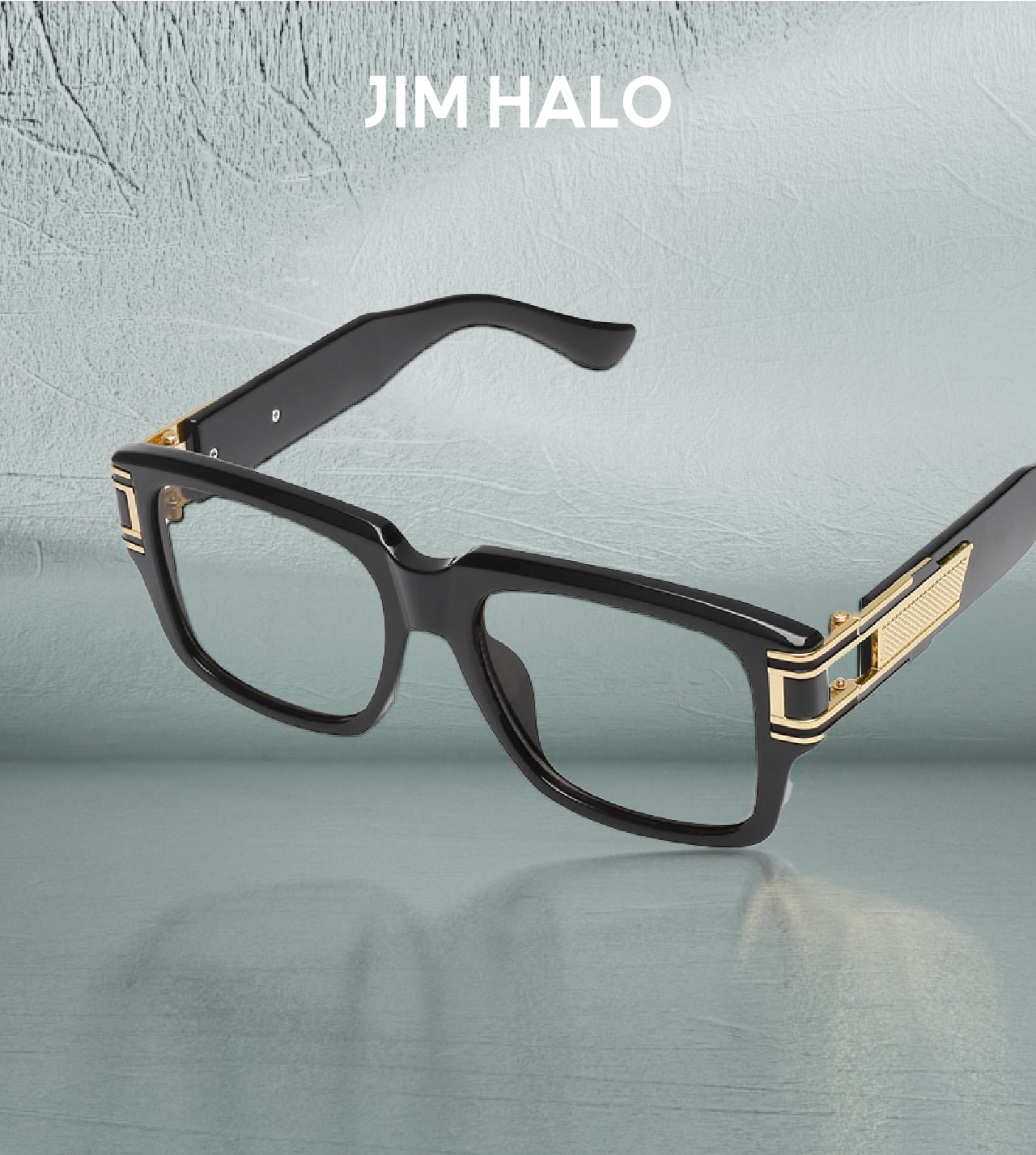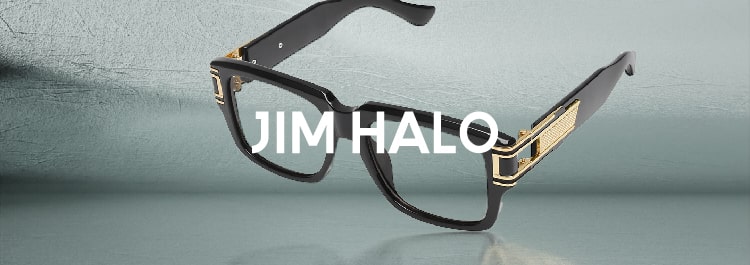The meaning of prescription paper
How to read eye prescription? The numbers and information on your prescription paper are indivisible to the strength of your vision. It shows the information for farsightedness, nearsightedness, and whether you have astigmatism.
When you order online, you’d better have a basic knowledge of how to read eye prescription, so you can order easily and accurately.
You may get a prescription paper from your eye doctor, like the one below. Though the form may be different, the information on the paper is similar. We have attached the basic explanation beside each word, so you can know how to read eye prescription.
The explanation on the paper is enough to help you understand how to read eye prescription and make an order of prescription glasses. However, if you’re interested in knowing more, you can read the following words.
Fully understand how to read eye prescription
Understanding how to read eye prescription empowers you to take charge of your eye care needs and make informed decisions about your vision correction solutions.
OD or RE: right eye
OS or LE: left eye
Some people may find OU on their prescription paper, which means “both eyes”.
Sphere (SPH): the amount of lens power needed to correct your vision
Nearsightedness: you can find numbers with a minus sign (–) under the heading SPH, e.g. -1.00
Farsightedness: you can find numbers with a plus sign (+)under the heading SPH, e.g. +1.00
Cylinder (CYL): the amount of lens power needed for astigmatism.
If you find nothing under this heading, it means you don’t have astigmatism, but some eye doctors may fill in “SPH” or “DS” in the CYL column. These letters also mean you don’t have astigmatism.
Axis: shows the direction where to position your CYL power in your lens. The number from 1 to 180 indicates the direction. If there’s CYL power on your prescription paper, you’ll need an axis number.
ADD: is added on the bottom part of the lenses to correct farsightedness.
For ADD/Progressive lenses, at the top they adapt to far vision; in the middle, intermediate vision; and at the bottom, near vision. The result is a simple and effective solution to presbyopia and is compatible with all visual corrections.
The number under this heading should be a “+” power, usually ranging from +0.75 ~ +3.00, and would be the same number for both of your eyes.
PD (Pupillary Distance): measures the distance between the centers of your pupils. This measurement is used to determine where you look through the lens of your glasses and should be as accurate as possible. The average adult’s PD is between 54-74 mm.

Prism: the amount of prismatic power. This is used for people who have double vision or diplopia only and help them to align the two images. Regularly, your prescription paper doesn’t contain this column.
Why we should know How to read eye prescription
Knowing how to read an eye prescription is important for several reasons:
1. Understanding Your Vision:
It helps you understand your visual acuity and any refractive errors, such as nearsightedness (myopia), farsightedness (hyperopia), or astigmatism. The prescription provides a quantitative measure of the degree of correction required for each eye, enabling you to comprehend the severity of your vision problem.
2. Buying Glasses or Contacts:
When purchasing glasses or contact lenses, either online or in-store, understanding your prescription allows you to choose the correct lenses. You can accurately enter your prescription details when ordering eyewear to ensure that your corrective lenses provide optimal vision correction.
3. Monitoring Changes:
Regular eye exams can detect changes in your vision over time. By knowing how to read eye prescription, you can track changes in lens powers and be aware if your vision has deteriorated or improved, which may indicate a need for more frequent eye check-ups or a change in lifestyle habits.
4. Emergency Situations:
In case of an emergency where you lose or break your glasses or contacts, having knowledge of your prescription enables you to quickly order replacements.
5. Comparison Shopping:
Knowing how to read eye prescription lets you compare prices and options from different opticians or online retailers, ensuring you get the best value for your corrective eyewear.
6. Health Awareness:
It also gives you insight into your overall eye health. Certain conditions like presbyopia (age-related focusing difficulty) or cylinder values (indicating astigmatism) are clearly detailed in the prescription, which can prompt discussions with your eye doctor about potential treatments or management strategies.
Now you know how to read eye prescription and know all the explanations of numbers on your prescription paper, you can fill in the information accurately when you order. Only with accurate prescription information can we make accurate lenses for you.
If you like our brand Jim Halo, make sure to follow us on our social networks, we’ll keep updating!
Click to follow our Instagram on @jimhaloeyewear.
Click to follow our Facebook: jimhaloeyewear.







